4 Methods for Poly-culturing Tilapia and Whiteleg Shrimp
1. Directly Stocking Tilapia in the Shrimp Pond (Shrimp Stocking Density: 30–40 Shrimp/m²)
Combine shrimp and tilapia in the same pond: After 30 days of stocking shrimp, stock tilapia to avoid loss of juvenile shrimp. For 100,000 shrimp, stock 100 tilapia weighing 50 grams each.
Use male tilapia to limit reproduction. If too many fish are present in the pond, they may grow too quickly and compete with the shrimp for resources. After 3 months of culture, both shrimp and fish can be harvested. If farmers want larger fish, they can transfer the tilapia to another pond and continue rearing them.
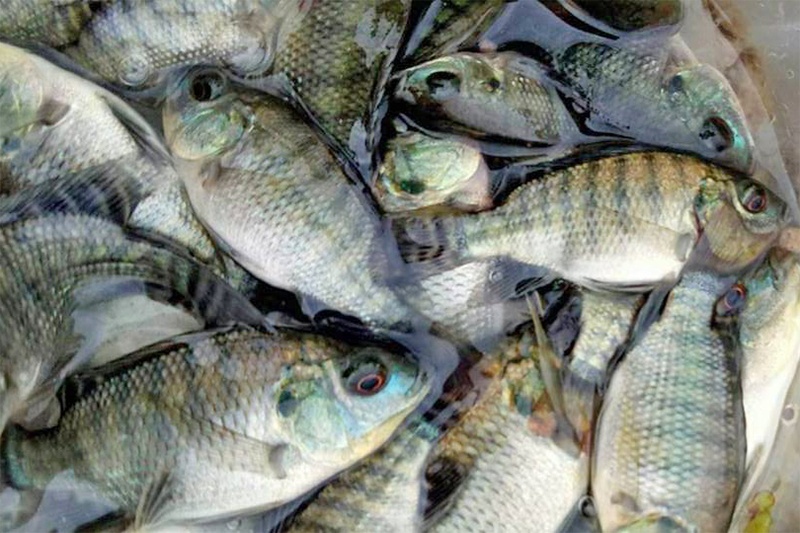
2. Rearing Tilapia in a Sedimentation Pond, Utilizing Water from the Shrimp Pond
Rearing tilapia in a sedimentation pond, which provides water to the shrimp pond: tilapia density should be 4–5 fish/m²; do not feed the tilapia during the entire culture period.
This method is increasingly popular in intensive shrimp farming systems with water recirculation. It utilizes the water from shrimp ponds to rear tilapia, which also helps improve water quality for shrimp farming. This method is applicable for farms with high shrimp stocking densities and a sedimentation pond. The tilapia rearing period is 2–3 months to create green water, but care should be taken to filter the water thoroughly when transferring it to the shrimp pond, and limit the use of chemicals that might kill green algae.
3. Rotational Farming: Two Shrimp Crops, One Tilapia Crop in the Same Pond
Rotate shrimp and tilapia farming to improve pond bottom conditions, reduce waste and toxic gases, and minimize the use of drugs and chemicals to limit disease in the next shrimp crop.
Farmers can take advantage of the break between shrimp crops to stock tilapia, especially during winter when low temperatures slow shrimp growth. After harvesting the shrimp, the water can be used to rear tilapia. During the tilapia culture period, check the growth of the fish and supplement with feed if necessary. After harvesting the tilapia, the pond should be fully renovated to prepare for the next shrimp crop.
4. Using Net Cages to Rear Tilapia in the Shrimp Pond
Many farmers worry that tilapia will reproduce rapidly and affect the main crop, while others may not have a separate pond to utilize for water intake to the shrimp pond. Therefore, the method of choice is often to rear tilapia in net cages placed in the shrimp pond. The cost of making net cages is not high, they are easy to manage, and they do not interfere with the water filtration effects of the fish.
Rearing tilapia in net cages within the shrimp pond is the most suitable method and is very easy to harvest.
Stock tilapia in net cages placed in the shrimp pond at a density of 10 fish/m², with the net cage occupying about 2% of the pond area. Regularly clean the net to ensure water exchange between the pond and the inside of the cage.
When applying net cage farming, experts recommend the following points:
- For intensive shrimp ponds, design the net cage in the low-lying area in the middle of the pond (where waste accumulates), occupying 7–10% of the pond area, with a mesh size of 0.5–1 cm to allow waste to pass through the mesh as food for the fish.
- To prevent reproduction, select monosex tilapia of a large size (15–20 fish/kg), and the fish size should be larger than the mesh size. Stocking density should be 10 fish/m² of cage.
- In high-density shrimp ponds, tilapia in the net cage are usually not fed; they consume waste from the shrimp, which is moved into the cage by aerators. Ventilate the net cage every 15 days to allow waste to pass through.
- Shrimp typically feed actively at dusk and dawn, while tilapia feed actively during the day. Therefore, feed the shrimp before sunrise and after sunset to prevent competition for food, and tilapia will consume the leftover feed and waste from the shrimp.
- Tilapia can reduce the levels of nitrogen and phosphorus in the water but will excrete a significant amount of NH3. If NH3 exceeds 0.1 mg/l, it can cause shrimp toxicity (inhibiting growth, reducing disease resistance, and increasing susceptibility to environmental conditions). Therefore, water can be changed monthly, with each change replacing 15–20% of the pond water. Regularly apply biological products every 10–15 days or add yucca to help absorb NH3.
- Maintain aerators and water wheels to increase dissolved oxygen levels, prevent shrimp from surfacing, and concentrate waste in the middle of the pond.
Cre: tepbac
Ngày đăng : 20/08/2024
2851 View
Other Articles
CTU-RAS: Recirculating Shrimp Farming for Sustainable Development
Vietnamese aquatic products reach new markets
Global Shrimp Forum: Global shrimp trade is reshaping
China’s Import Value Up 10%, Vietnamese Shrimp Remains Among Leading Suppliers
After the 7.5-magnitude offshore earthquake in Aomori that injured 34 people, Japan has issued a warning about a potential mega-earthquake
India’s shrimp exports accelerate despite the trade war with the United States
Portuguese food group acquires 18% stake in cod farming company Norcod
Indonesia implements radioactive-free shrimp certification for exports to the United States
India is world’s second-largest shrimp producer. That is now under threat
Ca Mau’s shrimp industry moves towards “green” growth
Floods devastate aquaculture, processing operations in Vietnam
Ecuador Leads Global Shrimp Exports, Surpassing USD 7 Billion in 2025








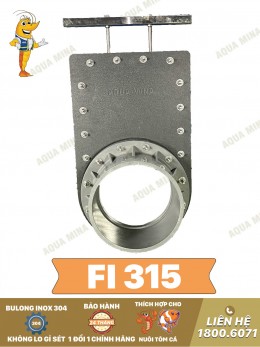
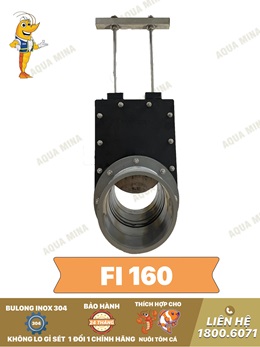
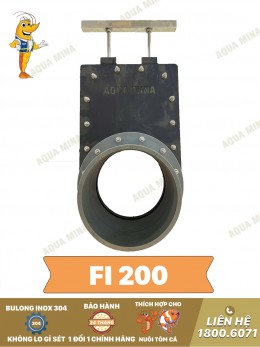
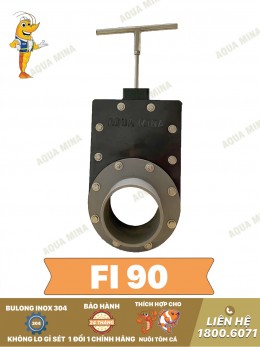
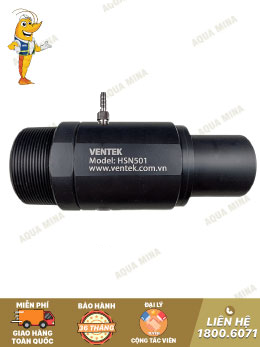
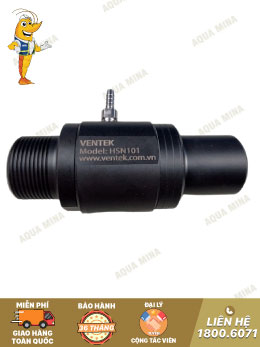

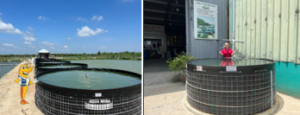
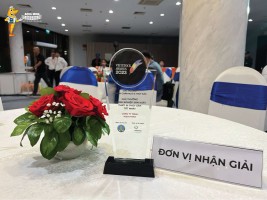
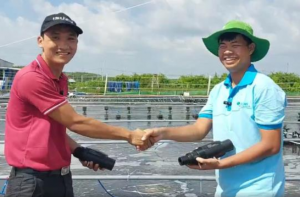
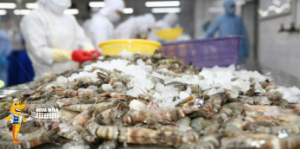
.jpg)